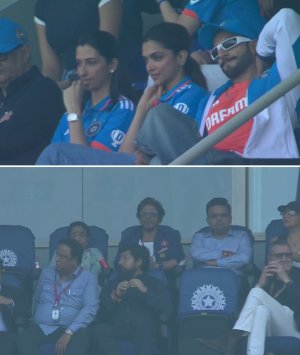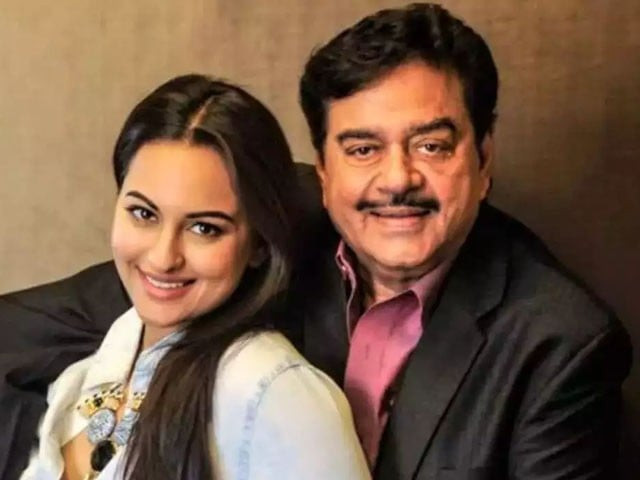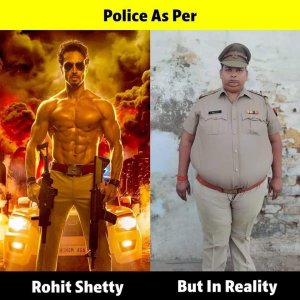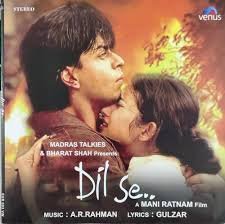There are films that entertain.
There are films that provoke thought.
And then, there are films that seep into your soul and stay there, changing the way you see love, war, country, and even yourself.
Mani Ratnam’s unofficial trilogy of
Roja (1992),
Bombay (1995), and
Dil Se.. (1998) is not just a cinematic arc of love stories; it is perhaps the most powerful meditation on what it means to love in a divided land, to seek tenderness in a world constantly breaking, and to find poetry in the face of political fire.
These three films, often grouped as the “Terrorism Trilogy,” should instead be seen as the Great Indian Tragedy of Love, where every heartbeat must negotiate with history, hatred, and homeland.
Roja: The Awakening of Innocence
View attachment 153643
A simple village girl is pulled into the vortex of Kashmiri separatism when her husband, a cryptologist, is kidnapped by militants. But the beauty of Roja is not in the political thriller that unfolds. It is in Roja’s sheer emotional clarity, the quiet, persistent, devotional kind of love that prays instead of panics. It’s a film about India itself—naïve, vulnerable, yet insistent on hope. And through Roja’s eyes, we feel the unbearable fragility of holding onto love when the very language of your identity is being negotiated at gunpoint. It’s not about Kashmir. It’s about conscience.
Bombay: The Collision of Love and Riot
View attachment 153642
No film in Indian cinema captures the brutality of communalism with such unapologetic honesty. A Hindu man and a Muslim woman defy their families and the world to live a life of love. But when the 1992 riots engulf Bombay, their personal Eden burns in the fire of collective madness. In Bombay, Mani Ratnam turns the city into a battlefield of ideology and identity, where children are orphaned not by fate but by inherited hatred. The image of twin boys, lost and wandering in ash-covered streets, is not a scene—it’s a scar. And yet, Bombay dares to believe in secularism—not as a policy but as a survival instinct, as an act of rebellion. It says: to love across boundaries is political. To raise a family in peace is radical.
Dil Se..: The Death Dance of Passion and Pain
View attachment 153644
This is not just a love story—it is an elegy. In Dil Se.., the most haunting of the three, a radio journalist falls in love with a mysterious woman—who is, we soon learn, a suicide bomber. Their doomed love story plays out against the insurgency in Northeast India. And in the end, love is not victorious. It explodes. It’s the only way that story could end. Because how do you redeem a love when both lovers are broken by forces larger than themselves? Dil Se.. is not a political film—it is politics as emotion. It’s about how violence erodes the ability to be tender, and how some people carry bombs because they’ve run out of songs.
Together: A Trilogy of Love Amid Fire
These films are not sequels. They don’t follow the same characters. But they share a soul. A singular question:
Can love survive in a fractured nation?
Mani Ratnam doesn’t offer answers. He offers mirrors. To your beliefs. To your complicity. To your fears. And through A.R. Rahman’s transcendental music, you don’t just hear the pain—you feel it vibrating under your skin.
There is a sacredness to what Mani Ratnam did with these films. He transformed cinema into a form of national soul-searching. He told us that romantic love isn’t escapism in India—it’s often defiance, dissent, and deliverance.
And perhaps that is why this trilogy is the greatest in Bharatiya cinema. Because it asks of its audience not just to feel—but to reflect, to reckon, and to remember.






















